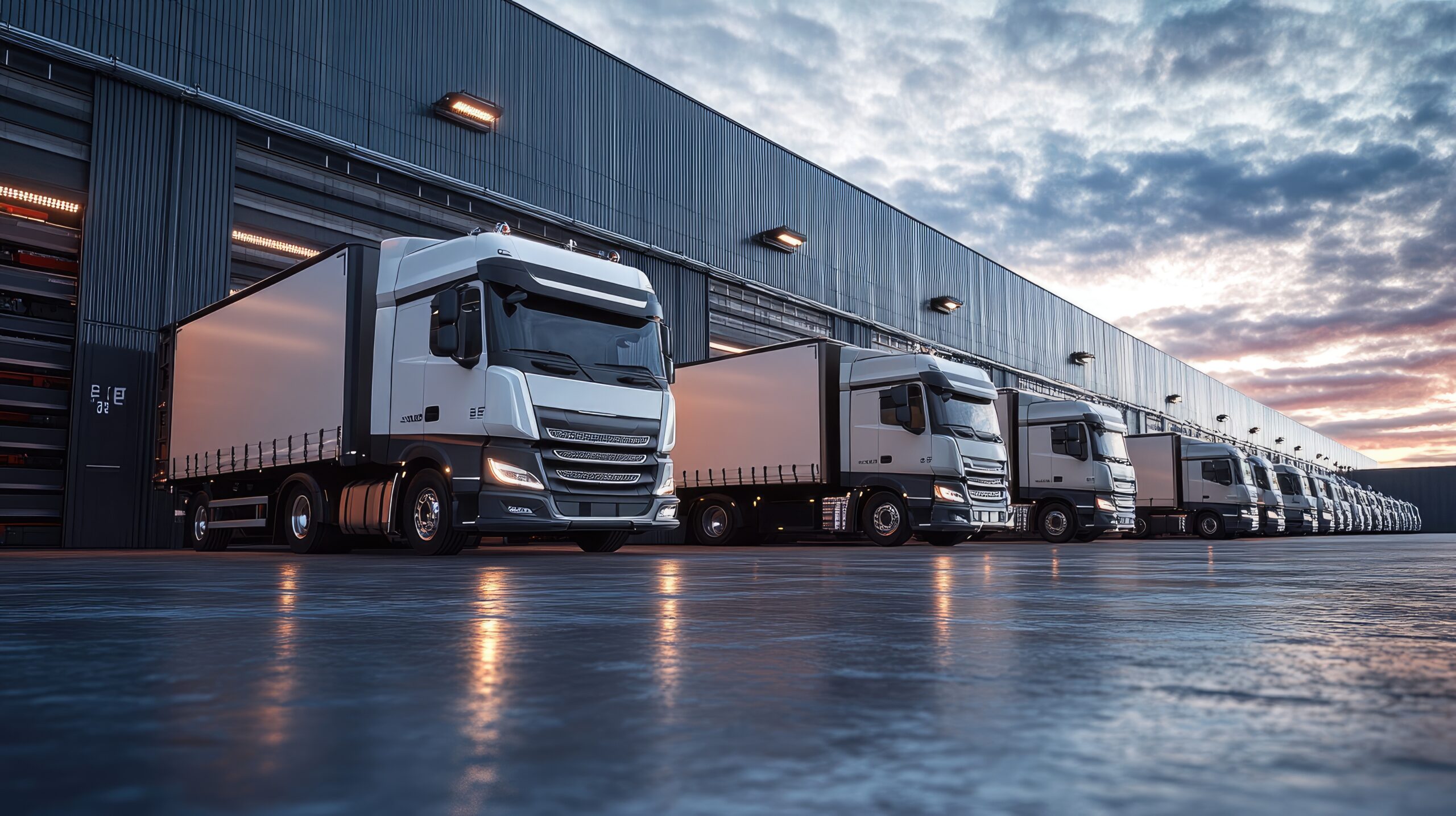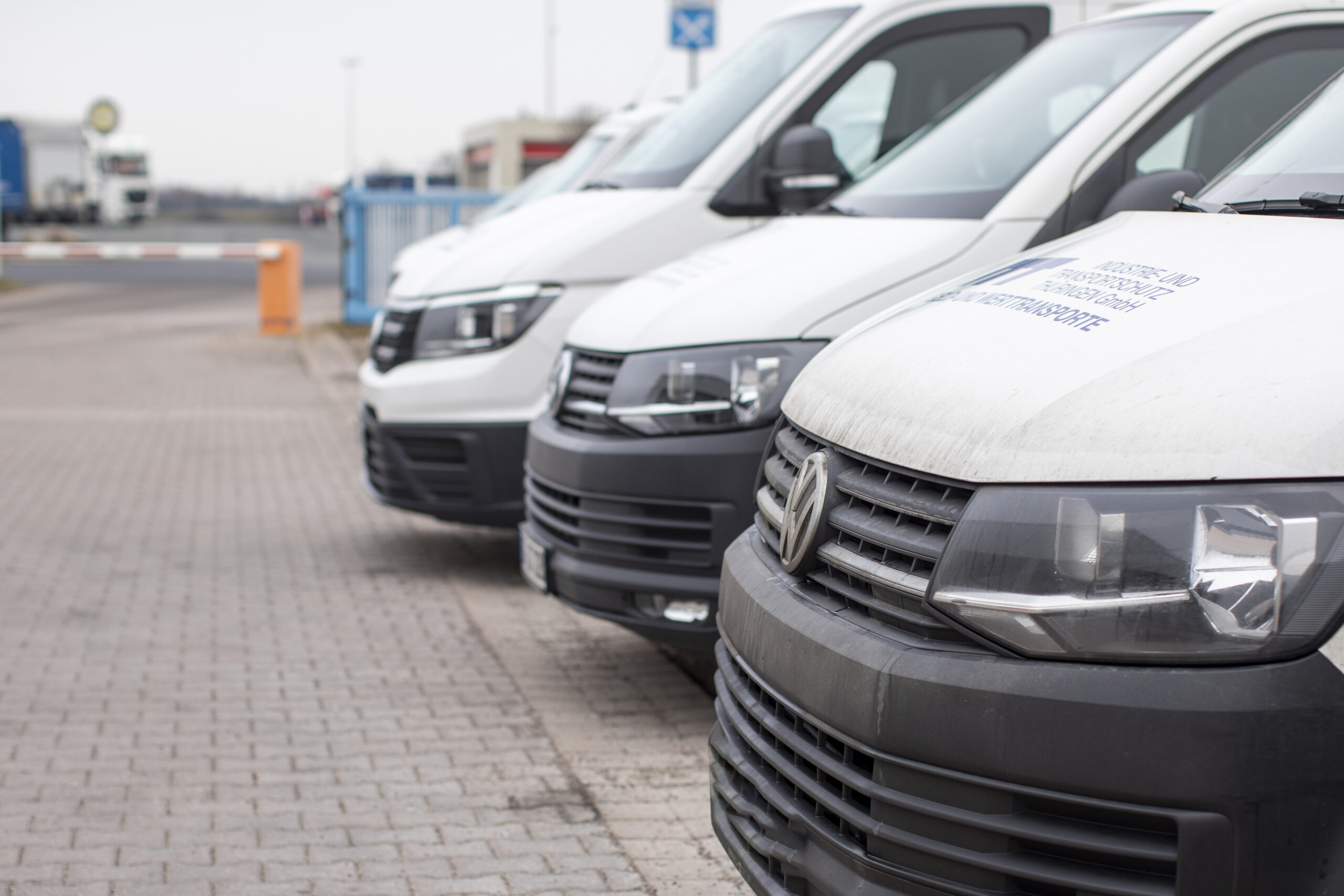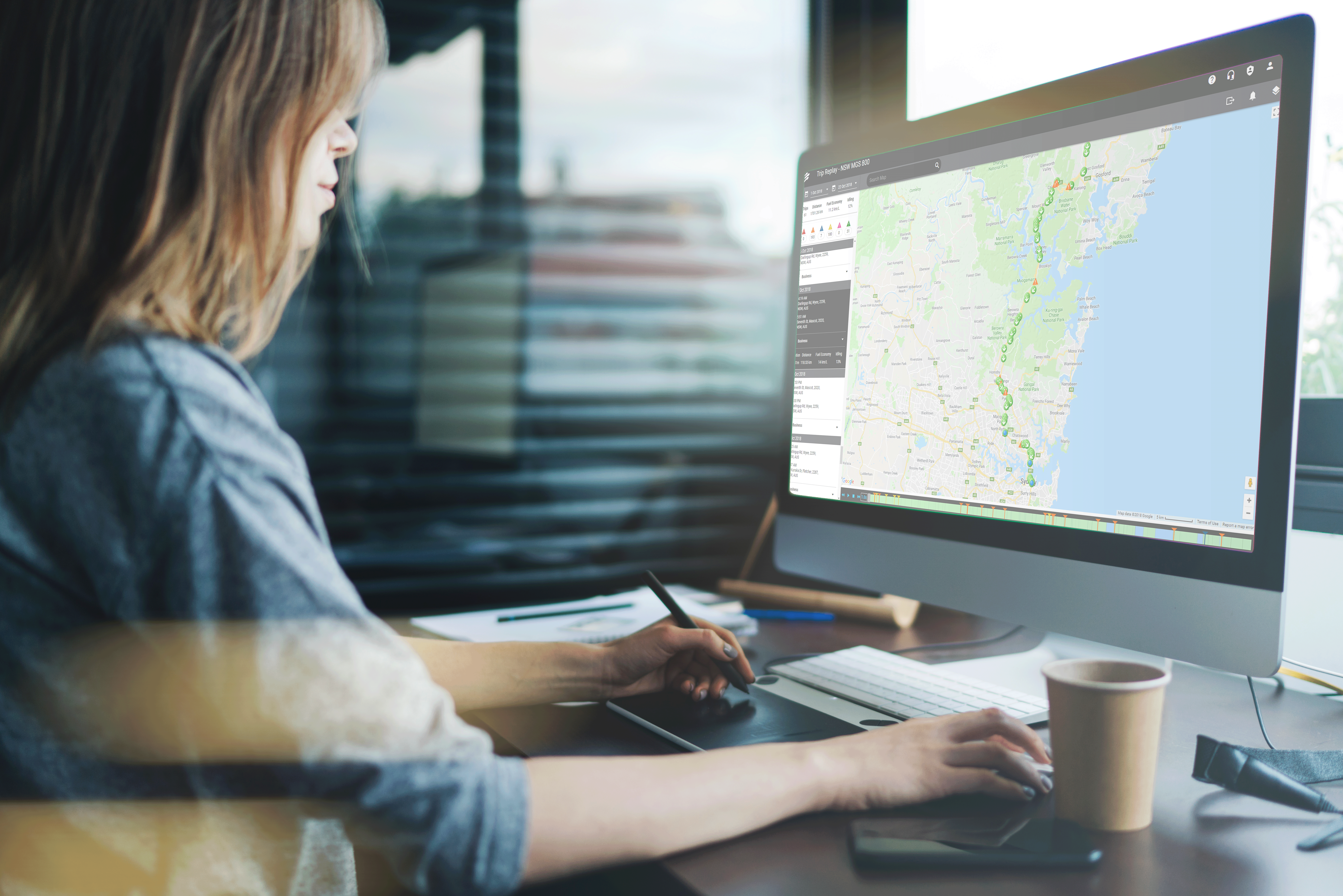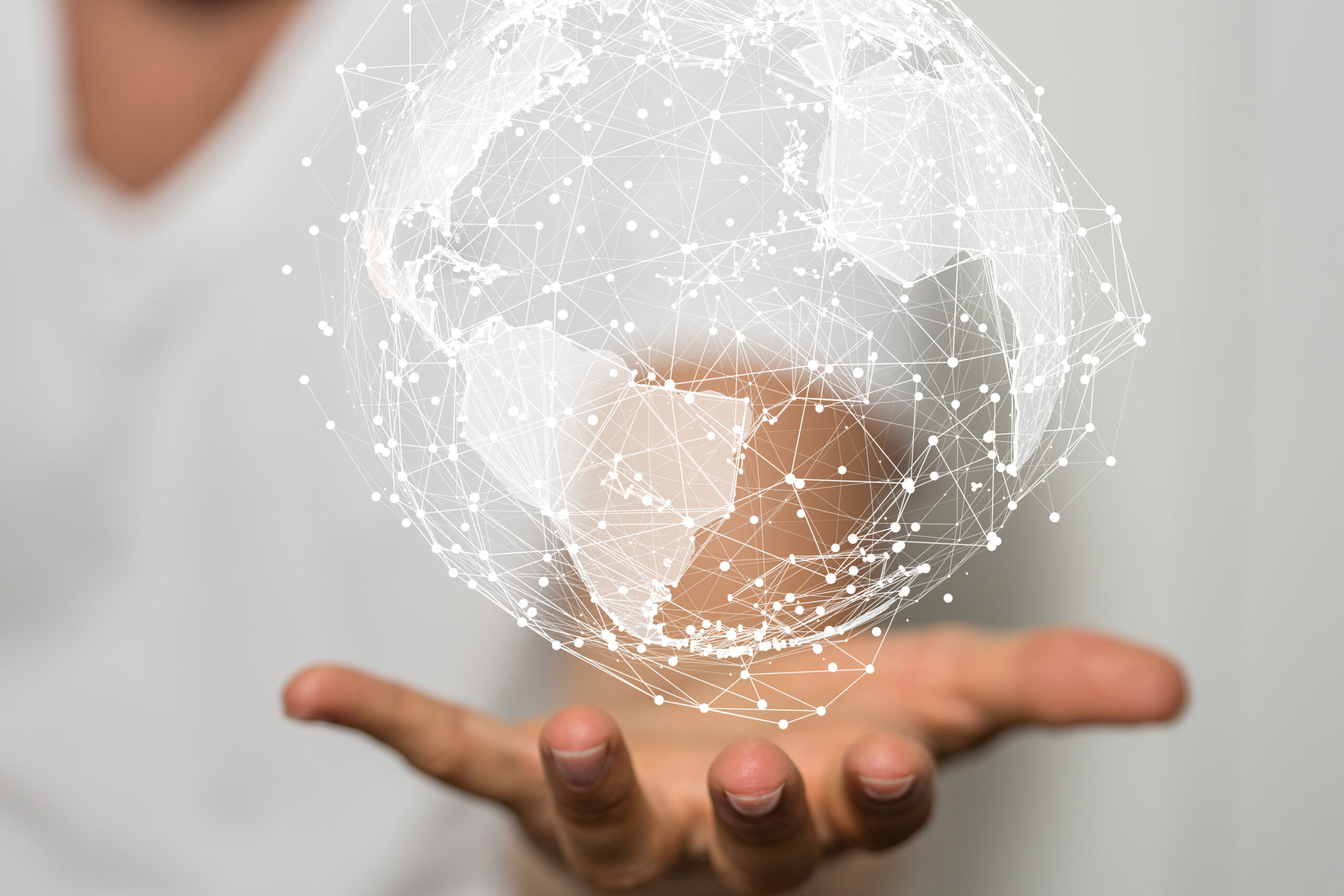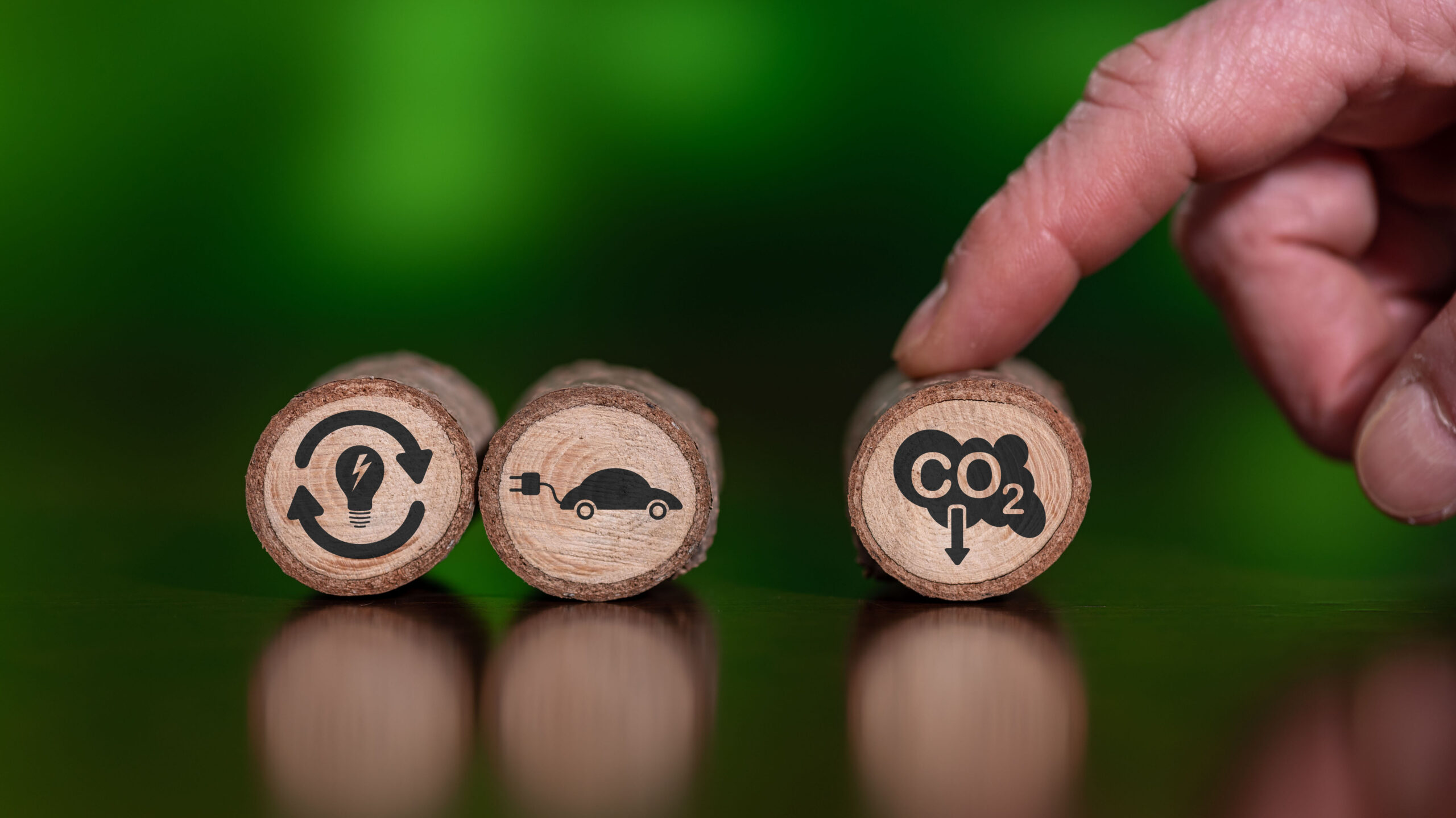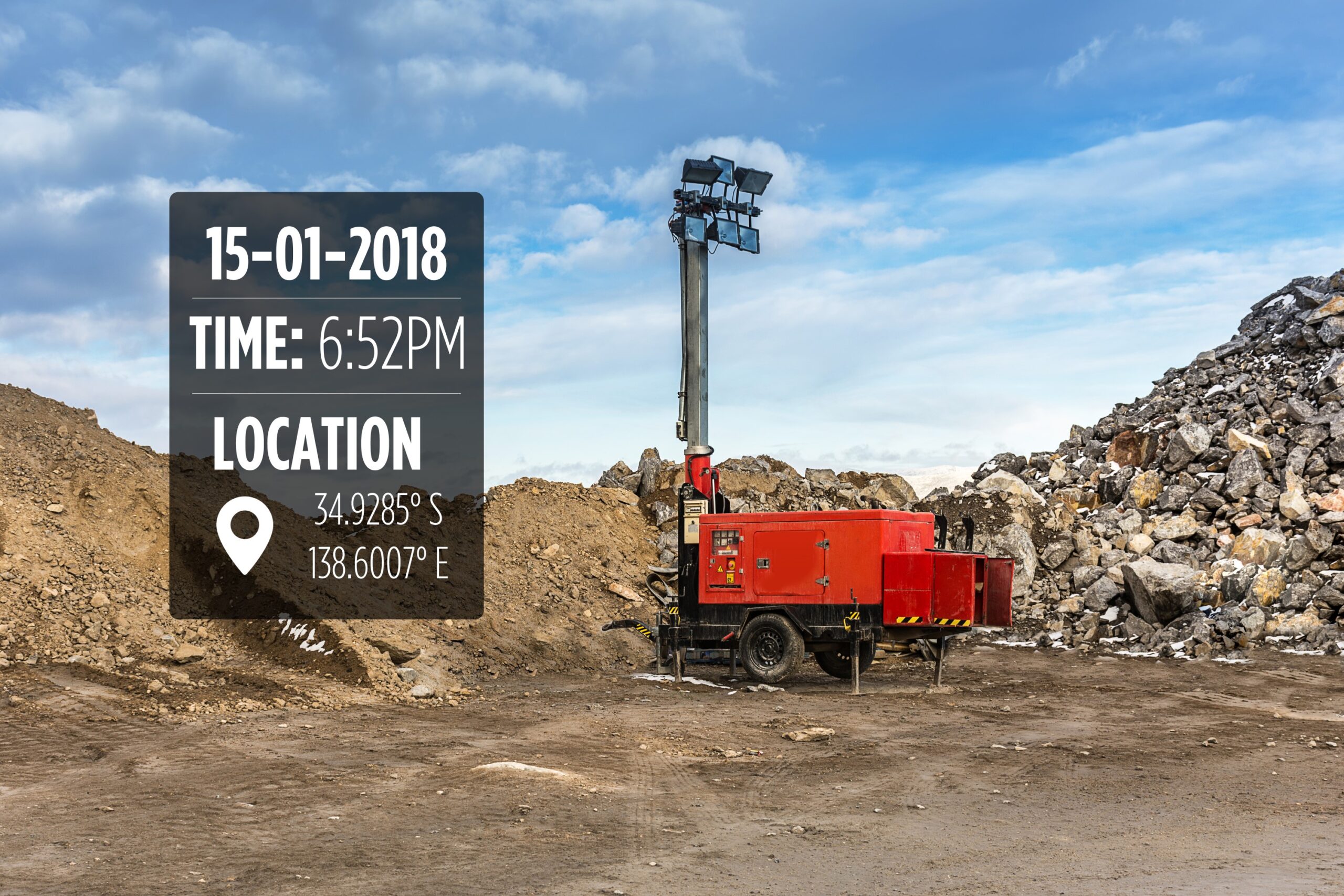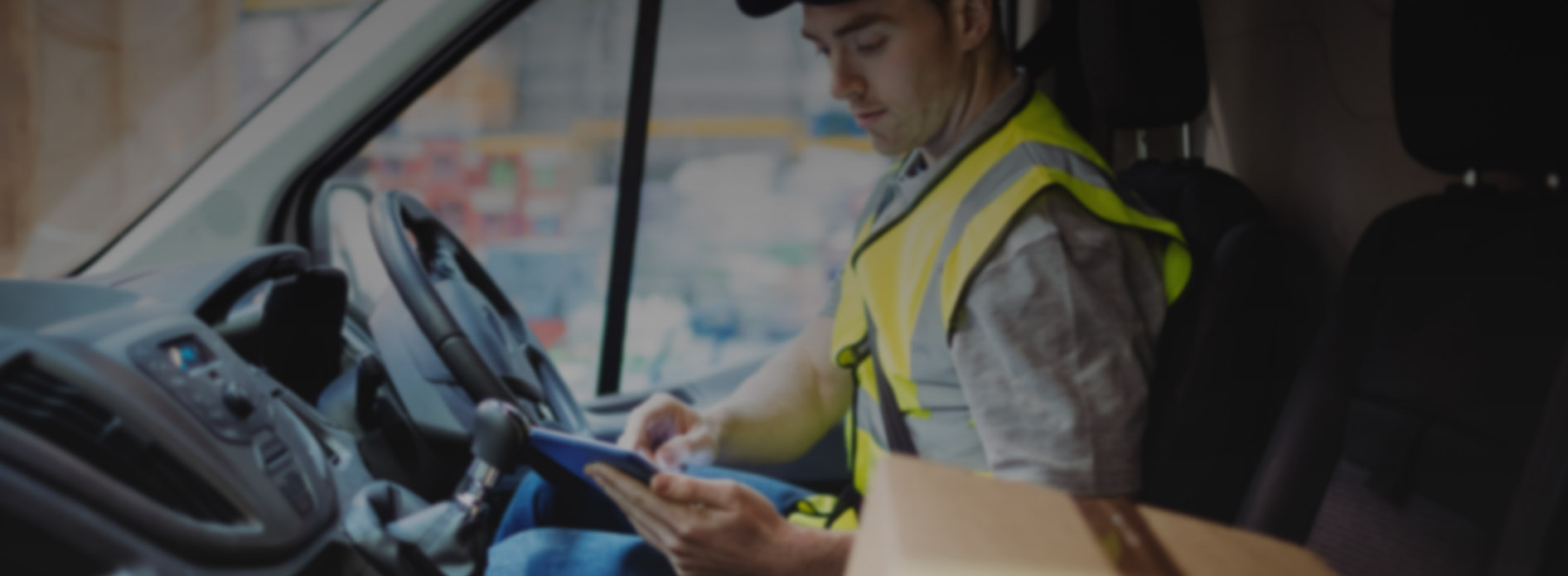Excessive greenhouse gas emission is a global problem that needs to be solved with the help of all countries putting in their best effort.
That’s why Australia has committed to reducing greenhouse gas emissions to 28% below 2005 levels by 2030.
Unfortunately, transport is not doing its part to meet the goal: in the run-up to 2020, it produced 18.9% of Australia’s output, increasing from the previous year. This is not good news for a country that’s already the third largest producer of CO2 emissions.

Fleets have a vital part to play in reducing emissions over the next few years. Not only do all businesses need to do their part for ethical reasons, but it’s also likely we’ll see more regulations come into play as the government pushes towards its green targets.
Beyond ethical responsibilities and enforced restrictions, running a more sustainable, eco-friendly fleet can also be good for business. Let’s look at some of the benefits of cutting emissions and what you can do to achieve it.
What Impact Do Fleets Have on Australia’s Greenhouse Gas Emissions?
The transport sector is one of the biggest contributors to Australia’s greenhouse gas emissions, just behind electricity and stationary energy.

While Australia is on track to meet and even beat its 2030 targets, the transport sector has seen steady increases in emissions over the past 30 years.

CO2 emissions from the transport sector have been steadily rising over the past 30 years, other than a dip in 2020 due to COVID-19 and the travel restrictions (Image Source).
Why It’s Important Fleets Reduce Emissions
There’s no time like the present. Acting sooner rather than later means fleets will not be left scrambling when regulations come in. It also means reaping the benefits that come from lowering your carbon footprint.
The Benefits of Reducing Your Fleet’s Emissions
From lower operating costs to saving vital resources and enhancing your corporate identity, reducing fleet emissions comes with plenty of advantages.
1. Eco-Friendly Image
Growing numbers of customers want to know whether the businesses they associate with are taking climate change seriously. According to a report by The Fifth Estate, 9 out of 10 Aussie consumers are more likely to purchase sustainable products, with the same survey revealing that 85% of consumers want retailers and brands to be clear about the sustainability of their products.
“Conversations around working and producing products sustainably and ethically have circulated across most industries for some time now, but not everyone has taken it seriously,” says Paul Roper, chief commercial officer at CouriersPlease.
If you can keep your customers happy, they’re more likely to be loyal and refer others to your business, helping boost sales and reputation.
2. Prepared for New Regulations
Rushing around to meet incoming regulations leaves fleet managers on the back foot. It’s far better to take a proactive approach, gradually making small changes that reduce emissions over time. This way, when rules do come in, there is no need for fleet managers to make hasty (and most likely costly) measures to avoid fines.
3. Better Fuel Economy
How people drive can have a big impact on fuel consumption. Drivers who are heavy on the breaks tend to burn more fuel than slow, smooth drivers. Add non-efficient routes, overloaded vehicles, and idling to the mix, and fuel usage can quickly spike.
Reducing fuel is both good for the environment and your bottom line. To accomplish this, turn your attention to telematics and fleet management software, which can help you catch fuel-guzzling behaviours like speeding, idling, harsh accelerating, and unplanned journeys. Telematics provides a detailed, real-time view of this data, helping fleet managers make smart, data-driven decisions to help reduce fuel usage.
How to Get Your Fleet’s Emissions Under Control
From utilising tech to keeping meetings online post-COVID, here are some measures you can take starting today to reduce emissions.
1. Optimise Vehicle Usage
Unplanned journeys, overloaded or half-full vehicles, and getting caught in congestion are all fuel-wasters for your business.
So, make sure you’re choosing the right vehicles for the job. This means not opting for big heavy trucks when a small van will do. If half-full vehicles are a common issue, it might be worth looking into downsizing your vehicles. On the other hand, if your vehicles often carry excess weight – like heavy equipment – it might be time to look into storage options so drivers don’t have to haul weighty tools around with them.
Using fleet management software will give you bird’s-eye visibility into your fleet’s inventories, making it easier to spot wastefulness and take steps to address it. It will also help you plan your journeys better, including picking routes that avoid rush hour traffic and roads that do not accommodate larger vehicles.
2. Go Virtual Where Possible
The global pandemic has seen us all swap the meeting room for Zoom calls. As we emerge from the crisis, it’s worth keeping virtual meetings as part of your business operations. Virtual meetings cost less, require no travel, and take less time since attendees don’t have to drive to and from the location.
3. Maintain Your Vehicles
Underinflated tyres produce more drag, which directly impacts fuel usage, while deteriorating brakes don’t release properly, forcing a vehicle to work harder to accelerate.
Make tyre and alignment checks a regular part of your maintenance routine. With Fleet Complete’s Inspect mobile app, you can manage maintenance reports online and quickly see which vehicles need repairs – including tyre and brake fixes – to ensure everything is running at peak efficiency and not wasting fuel.
Final Thoughts
Taking steps to reduce your fleet’s carbon footprint means good things for both the environment and your bottom line. With a little planning and the right tools for the job, you can start making changes to your fleet’s emissions today.
Fleet Complete’s telematics solutions give you a bird’s-eye view of your entire fleet and granular information about a specific driver or vehicle. Armed with these insights, you can track fuel consumption and take steps to reduce your carbon footprint as soon as you’re up and running. Get started today by trying out our Fleet Complete demo.
If you found this article helpful, please share it on social media.





